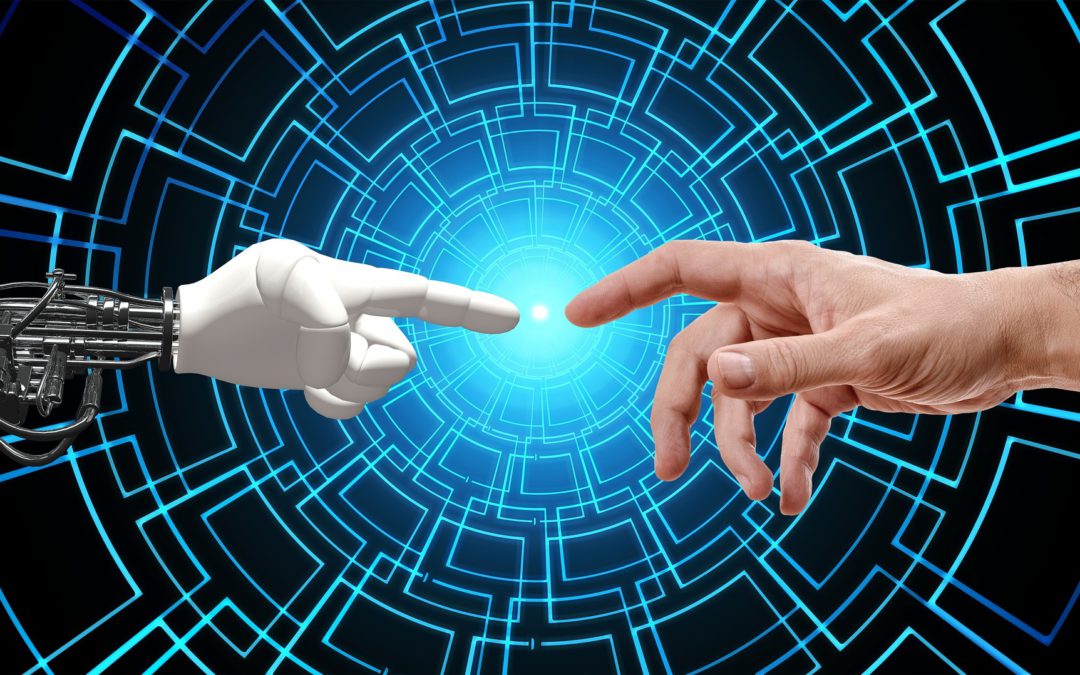In the ever-evolving world of video production, artificial intelligence (AI) has emerged as a powerful tool that is transforming the way we create, edit, and distribute content. For video production companies, AI offers unprecedented opportunities to enhance creativity, streamline workflows, and deliver higher-quality results with greater efficiency. Let’s explore how AI is reshaping the landscape of video production and what it means for the industry.
AI in Pre-Production: Ideation and Scripting
One of the most significant ways AI is impacting video production is in the pre-production phase. AI-powered tools can analyze vast amounts of data, including audience preferences, trending topics, and past performance metrics, to help generate content ideas that are more likely to resonate with viewers. These tools can provide insights into what type of content will perform well, allowing production companies to make more informed decisions during the planning stages.
AI can also assist with scripting by generating draft scripts based on a set of parameters or by analyzing existing content to suggest improvements. This not only speeds up the scripting process but also ensures that the content aligns with current trends and audience expectations.
AI in Production: Enhancing Creativity and Efficiency
During the production phase, AI can play a crucial role in enhancing both creativity and efficiency. For example, AI-driven cameras can automatically adjust settings like focus, exposure, and framing based on real-time analysis of the scene. This allows videographers to capture high-quality footage with minimal manual intervention, freeing them up to focus on more creative aspects of the production.
Moreover, AI is increasingly being used to create special effects and animations. AI algorithms can generate realistic CGI elements or even entire scenes, reducing the need for expensive and time-consuming manual work. This opens up new possibilities for creativity, allowing production companies to experiment with innovative visual styles and effects that would have been difficult or impossible to achieve using traditional methods.
AI in Post-Production: Editing and Optimization
Perhaps the most transformative impact of AI is in the post-production phase. AI-powered editing tools can analyze hours of footage and automatically identify the best takes, assemble rough cuts, and even suggest music and sound effects that match the mood of the scene. This dramatically reduces the time and effort required to edit videos, enabling production companies to deliver polished, professional-quality content faster than ever before.
AI is also being used to optimize videos for different platforms and audiences. For example, AI can automatically generate multiple versions of a video tailored to different social media platforms, adjusting the format, length, and even the pacing to maximize engagement. Additionally, AI-driven tools can analyze viewer behavior to suggest improvements or adjustments to the final product, ensuring that the content performs as well as possible.
The Future of AI in Video Production
As AI technology continues to advance, its role in video production will only grow. Future developments may include AI tools that can generate entire video concepts from scratch, create hyper-realistic virtual actors, or even personalize content in real-time based on viewer preferences. For video production companies, embracing AI is not just about staying competitive—it’s about pushing the boundaries of what’s possible in the world of visual storytelling.
In conclusion, AI is revolutionizing video production by automating time-consuming tasks, enhancing creative possibilities, and optimizing content for maximum impact. For production companies, leveraging AI means being able to deliver higher-quality videos more efficiently, opening up new opportunities for innovation and growth. As we continue to explore the potential of AI in video production, one thing is clear: the future of the industry is bright, and AI will be at the forefront of that transformation.
Need help? Contact Us: 0115 9881641

